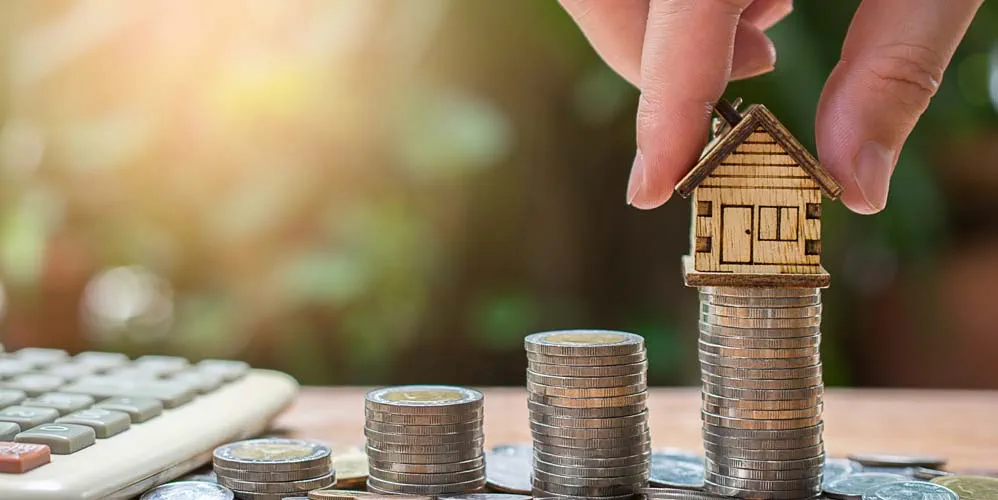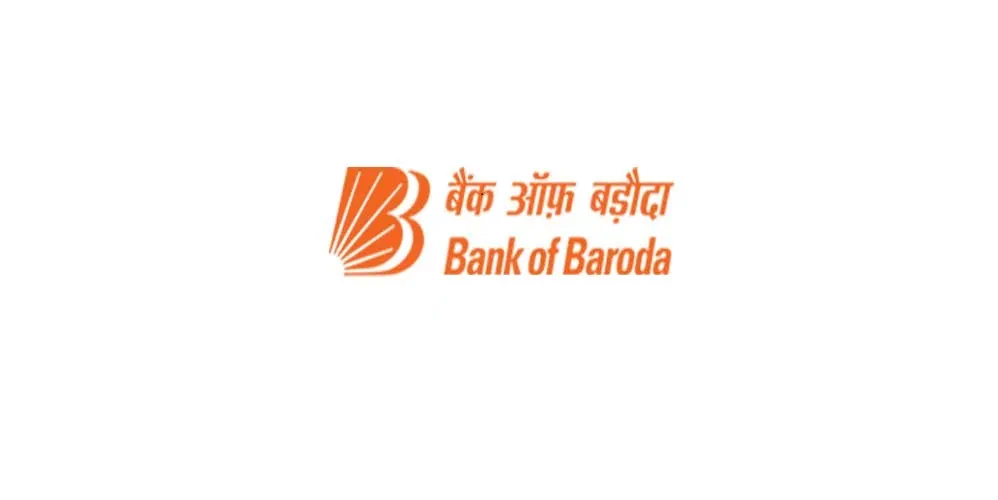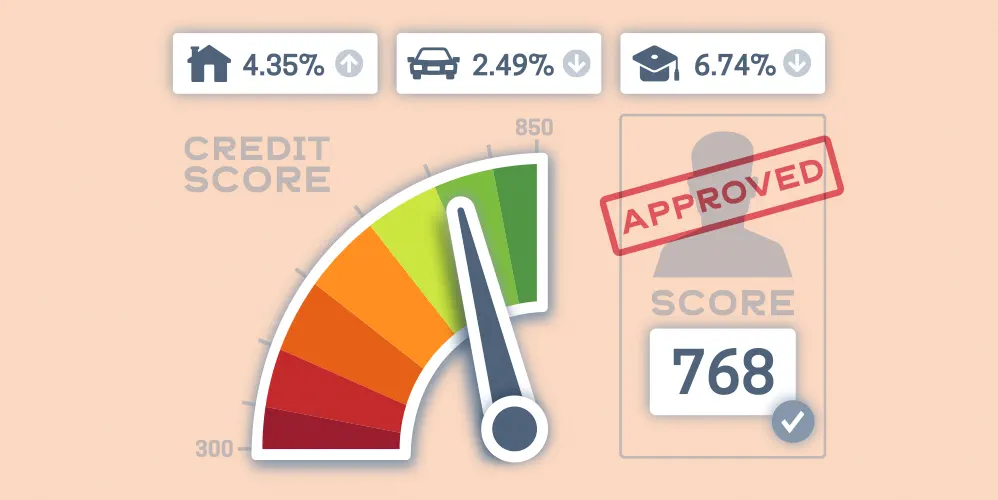
Your Complete Guide -To The Home Loan Disbursement Process
05 Jun 2023

Table of Content
What is Home Loan Disbursement?
Now that you have a thriving career, you are done living on rent. You have already picked your dream house. You have also narrowed down on the bank that you want to borrow your home loan from-like for example Bank of Baroda, based on low attractive interest rates, flexible EMI options and speedy processing and simple straightforward documentation. Now before you approach a financial institution, it helps to know how a home loan is disbursed. Here is a simple guide to the home loan disbursement process where we discuss the three stages of home loan disbursement.
How Does Home Loan Disbursement Work?
How the bank makes the disbursement really depends on what stage of construction the real estate property is at. If it is a resale or a fully constructed house, the bank may make full disbursement at one go but if it is partially constructed then the disbursement may also be done in tranches. Bank of Baroda home loan can be availed for different types of residential properties and purposes like –
- Purchase of a recently constructed house
- Resale
- Purchase of Residential Plot land
- Construction of house
- Home improvement/extension of rooms and area
The Three Home Loan Disbursement Stages Are -
1. Apply for a Home Loan
First stage is the submission of the home loan application along with relevant original documents. The documents you would be required to submit include:
- Passport size photographs
- Proof of identity, residence, and age
- Proof of office/business address
- Bank statements of the last 6 months
- Copy of Income Tax Returns of the last 2 years
- Proof of investments such as insurance, fixed deposits or shares and stocks
- Pay slips of the last 3 months for salaried persons
- For business owners/self-employed persons: Verified copies of Balance Sheets, Profit and Loss accounts, IT Return, assessment orders, advance tax challans, (for both company/firm and personal account), VAT/GST Returns for the last 3 years
- Copy of documents related to the property to be purchased
2. Home Loan Sanction
Once the application is submitted with the financial institution, the second stage is that of sanction and disbursement. The loan application will also go through technical and property verification, accompanied by inspections.
You receive the confirmation through a home loan disbursement letter, which is when you know that your loan application has been cleared. In the event that your loan application is incomplete or some documents relevant for the sanction are missing, you would be asked to furnish those before your loan is sanctioned. Documents like own contribution receipt, NOC or no objection certificates and sale deeds are legally examined by the bank’s legal experts. Once the lawyers approve of the legitimacy of the documents served, the loan application goes to the next stage of final approval.
3. Repayment schedule, down payment amount and dates
The bank officer will obtain the receipt of the down payment made by you and confirm the date when the first instalment must be paid. Once the documents like the Credit Facility Application Form have been processed, the amount will be disbursed in single payment or in tranches.
Based on impressive credit scores of some of the old-time borrowers, banks may also offer them pre-approved home loan .
Popular Articles
Guide to Getting Agriculture Loan: Application, Eligibility & Required Documents
Related Articles










Guide to Getting Agriculture Loan: Application, Eligibility & Required Documents
-
Disclaimer
The contents of this article/infographic/picture/video are meant solely for information purposes and do not necessarily reflect the views of Bank of Baroda. The contents are generic in nature and for informational purposes only. It is not a substitute for specific advice in your own circumstances. Bank of Baroda and/ or its Affiliates and its subsidiaries make no representation as to the accuracy; completeness or reliability of any information contained herein or otherwise provided and hereby disclaim any liability with regard to the same. The information is subject to updation, completion, revision, verification and amendment and the same may change materially. The information is not intended for distribution or use by any person in any jurisdiction where such distribution or use would be contrary to law or regulation or would subject Bank of Baroda or its affiliates to any licensing or registration requirements. Bank of Baroda shall not be responsible for any direct/indirect loss or liability incurred by the reader for taking any financial decisions based on the contents and information mentioned. Please consult your financial advisor before making any financial decision.
7 Step-guide to applying for a Home Loan
All of us dream of becoming homeowners. It is a way of ensuring lifelong financial security; the kind that does not come from living in a rented home. But buying a home is a complicated process. Whether it is years of savings to be given as down payment or finding the right locality to invest in; the process of buying a home is elaborate. And since property investments take a huge chunk of savings, most of us rely on home loans. Yes, you can take out a home loan and pay it off in easy equated monthly instalments (EMIs) for tenures lasting up-to 30 years. Let’s understand the home loan procedure.
What is a home loan Top-up-edited
It's a new year and a new normal in the lives of most people. Yet Buying a home of one's own continues to be one of the biggest aspirations. However, with skyrocketing prices of real estate, property purchase remains out of the reach of many individuals. For this very reason, homebuyers are now increasingly opting for Home Loans to fund their dream house purchase. Banks and several lenders these days offer housing finance at competitive rates of interest, subject to several terms and conditions.

